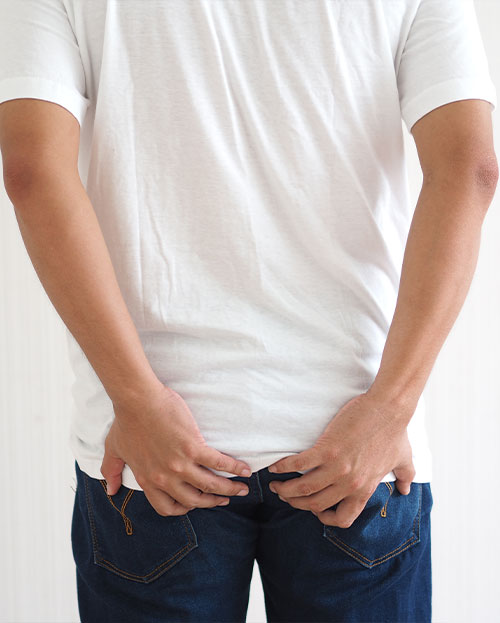The Truth Behind Piles

Haemorrhoids, also known as piles, are abnormally swollen blood vessels in and around the anus and lower rectum. They are commonly divided into two main types: external haemorrhoids, which develop near the lower anus, and internal haemorrhoids, which form in the upper anal canal.
External haemorrhoids, by virtue of their location, are covered by very sensitive skin. If a blood clot
should develop in one of them, the entire haemorrhoid may start to swell, forming a hard painful lump that
bleeds only if it is ruptured.
Internal haemorrhoids, on the other hand, are covered by thinner skin that tends to break much more
easily than those of external haemorrhoids. These haemorrhoids are much more common and, as the upper
portions of the anus are less receptive to pain, usually relatively insensitive.
Doctors are not entirely sure what the exact causes of haemorrhoids are, though scientists believe that the upright posture of the human being alone exerts a great deal of pressure on the veins in the rectum and anus. This in turn causes them to bulge, hastening the development of piles.
Other factors associated with the development of piles include natural ageing, chronic constipation or diarrhoea, pregnancy, faulty bowel movements due to overuse of laxatives or enemas, frequent straining during bowel movements, and spending long periods of time on the toilet bowl.
Not all forms of haemorrhoids are symptomatic, but one of the most common symptoms of piles is the patient staining the water in the toilet bowl with his/her blood when moving their bowels. As blood in one’s stool may sometimes be an indication of a more severe disease – especially if the blood is blackish as opposed to a fresh red – one should always see a doctor if you notice blood in your stool. Other possible symptoms include a persistent and sensitive lump in the anus, constant itching around the anal region and pain before, during or after a bowel movement.
A common misconception that people often have about haemorrhoids is that they worry it will become cancerous if left untreated. This is patently untrue. What usually happens instead is that a patient with cancer first notices blood in his/her stool and immediately assumes that the bleeding is from haemorrhoids. After some further testing, the patient then realises that the bleeding is from cancer and thus assumes that the haemorrhoids – a false diagnosis in the first place – has since turned cancerous.
卓越护理。
持续性支持。

结直肠外科医生
#04-08, 新加坡邮区 228510
| 电话 | : (+65) 6737 2778 |
| 传真 | : (+65) 6737 2389 |
| 电邮 | : hokoksuncolorectal@gmail.com |
| 星期一至星期五 | : 上午9点 – 下午1点,下午2点 – 下午5点 |
| 星期六 | : 上午9点 – 下午1点 |
| 星期天和公共假日 | : 休息 |

